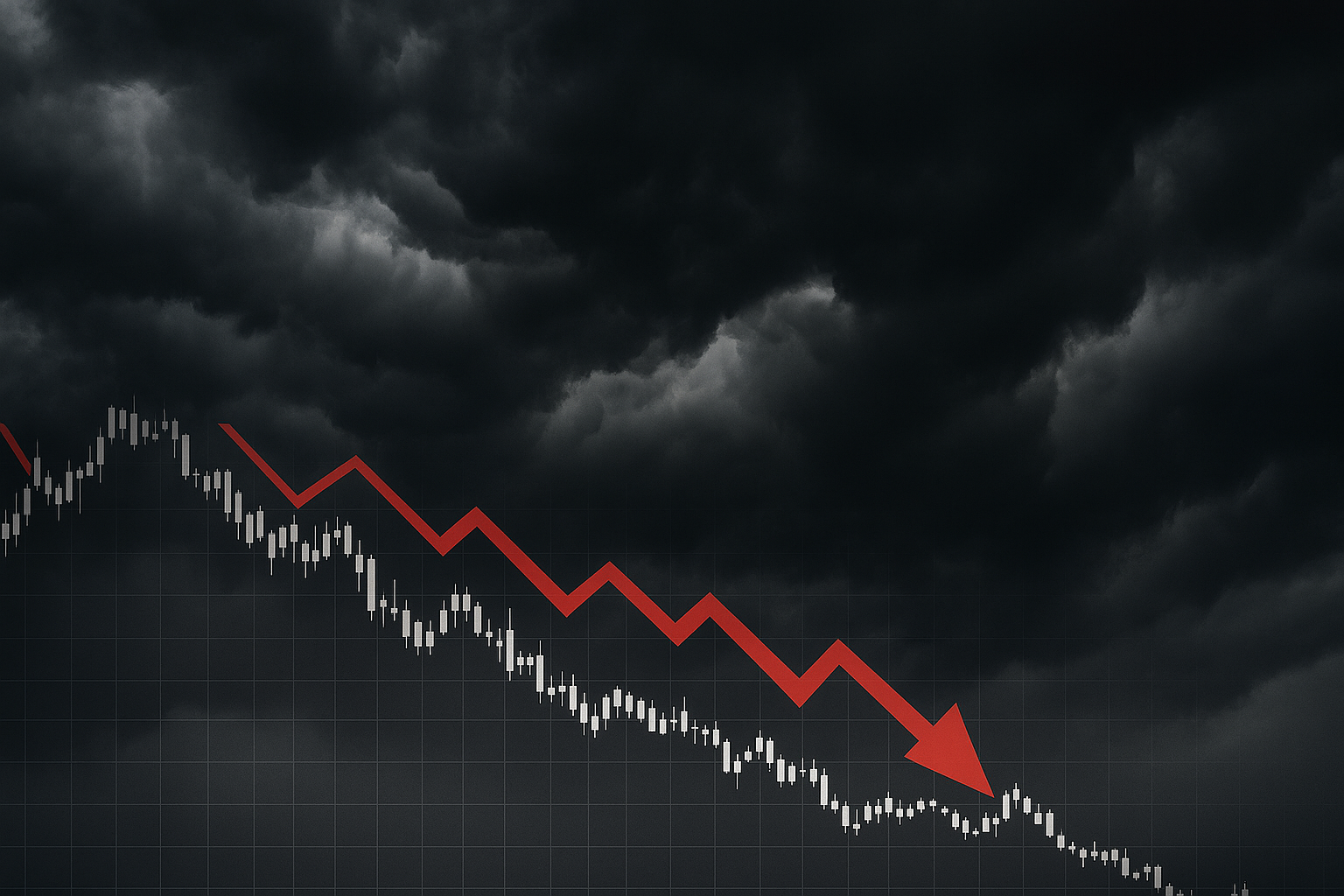Price vs. Value
A Dangerous Confusion in Today’s Markets
We like to think markets price things fairly. But the sharper you look, the more you realize that price is not the same as value—and confusing the two can be costly. The article “Price Doesn’t Reflect Value, and We’re Paying a Steep Price for Confusing the Two” argues that across consumer goods, business models, and macro systems, the deceptive gap between what we pay and what we get is growing wide. We can use that lens to see a telling portrait of today’s investment markets.
The Core Argument: Price Is a Signal, Not a Measure of Worth
The original article starts by reminding us of a key point: in economic theory, price is a signal—a flow of information, a meeting of supply and demand. But the value of what’s being exchanged is opaque, complex, and in many cases unknowable.
In consumer markets, the essay points to many examples:
Cheap fast food looks like “value,” but the long-term health costs can render its real value negative.
Appliances that fail quickly often dominate markets—and the low price hides a collapse in durability.
Companies offshoring production lower quality and thus reduce “value,” all while boosting profits and touting lower prices.
Translated to investing, those same dynamics are at work—and the effects are amplified by leverage, speculation, and narrative.
What This Looks Like in the Markets
Here’s how the price-versus-value confusion maps onto equity, credit, real estate, and speculative assets:
Bubbles in speculative assets.
Many assets now trade at prices far above any defensible fundamental valuation. Narrative momentum and expansion of liquidity drive them ever higher. But the underlying value—earnings, cash flows, balance-sheet strength—is far less robust than the price implies.Erosion of business quality masked by financial engineering.
Corporations can boost profits via cost-cutting, share buybacks, accounting gimmicks, or leverage rather than genuine growth. The result: rising “price” (measured in stock multiples) hides declining or stagnant true value.Negative externalities and hidden costs.
Just as cheap consumer goods may carry health or environmental costs, some investments carry latent value destruction: weakening of corporate moats, climate risk, fragility in debt structure, regulatory risk, etc. Those aren’t captured in the price.The widening gap of trust.
As more of the market’s valuation is driven by sentiment, narrative, and momentum, the trust premium (i.e. that investors implicitly overpay because they believe “the story”) becomes a larger fraction of price. That means downside risk rises, because once trust falters, price and value can diverge dramatically.Fragility in the tail.
When price becomes untethered from value, the system becomes more brittle. Corrections tend to be dramatic because many participants are holding on hope, not fundamentals.
Why This Matters for Investors
If you accept the premise that much of market “price” today is untethered from fundamental value, then several practical implications flow:
Risk of latent drawdowns is high. The disconnect means that even relatively small shocks or narrative reversals can cascade into meaningful losses.
Durable “alpha” must come from value orientation. Outperformance is less likely to come from momentum chasing and more likely from disciplined, value-oriented insights.
Margin of safety is more precious than ever. Buying only when price offers a buffer relative to estimated intrinsic value is no longer conservative — it may be the difference between survival and ruin.
Active risk management is essential. It’s not enough to be “in equities” broadly; one must scrutinize underlying valuation structures, sector exposures, and leverage.
But It’s Not All Doom and Gloom
There is opportunity embedded here. For patient, disciplined investors:
Paying attention to market cycles opens historic opportunities.
Structuring portfolios to take advantage of risk by avoiding substantial losses.
Staying detached from the herd reduces the chance of being caught in a dramatic reversal.




